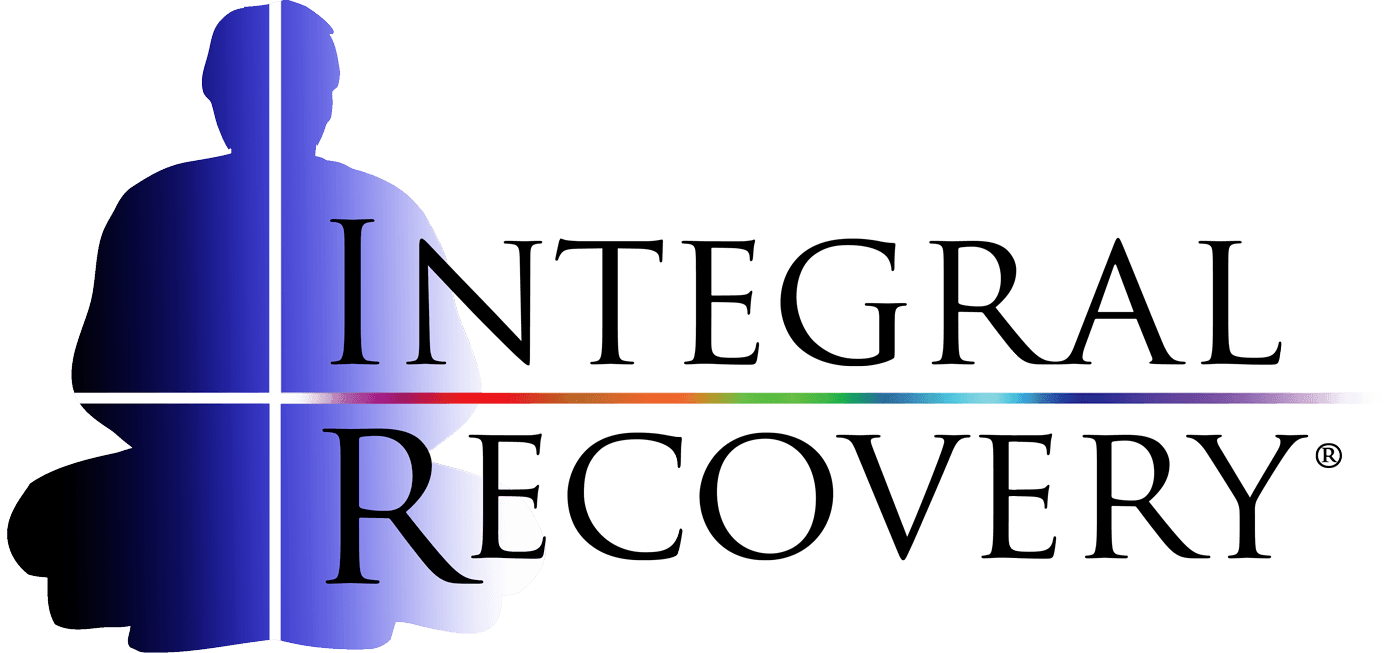3-2-1 Shadow-Releasing Practice
Here’s another practice to help with your ethical line. I’ve been working with and adapting the 3-2-1 method developed by Ken Wilber for making sure one is covering all the fundamental perspectives (I, We, and It; or 1st-person, 2nd-person, and 3rd-person) in one’s meditative practice. When an issue or emotion arises (and will they ever!) I visualize the emergent shadow aspect as a version of myself, for example, “scared John.” At first I see “scared John” from a 3rd-person perspective (as “him”) and try to get an outside view of what this aspect of myself looks like.
As I watch this part of me (which is usually in a fearful, defensive position) I pay attention to any bodily felt sensations that arise. I then start to feel what fear feels like in my body, totally inviting and allowing the sensations to come up. Next, I begin to dialogue with this split-off part of myself, and find almost always that this personality really wants to talk and be heard. I ask questions such as, “What are you afraid of?” “What are your motivations?” and “What do you need?” All the while, I allow the bodily sensations to keep arising and even intensify. Toward the end of this 2nd-person process of dialogue, I ask scared John, “Is there anything else you need to tell me.” I listen, and when scared John is finished speaking, I say, “Come here,” and in my mind’s eye embrace this shadow-self and absorb it into my being.
At this point, as I totally feel the feelings associated with this split off part I begin doing releasing work (like The Sedona Method). When the releasing is done and complete, I feel the peace and spaciousness that follows and continue my meditation, letting any insights arise or just staying with the clarity or space that is now there.
